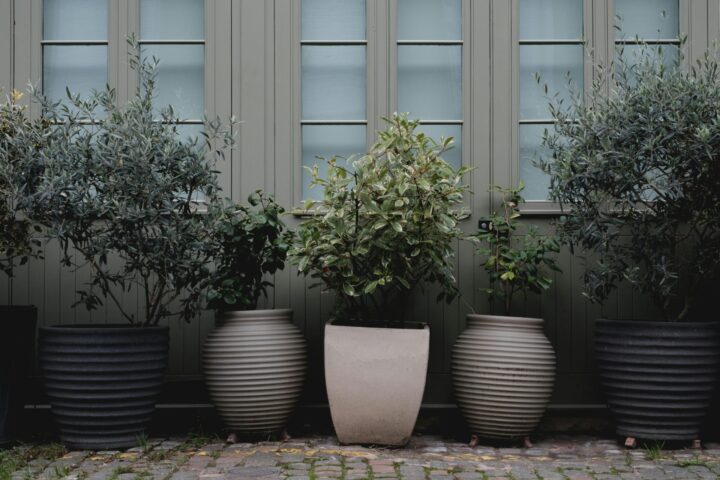The following contribution is from another author.
Making your home more sustainable is not as complicated as you may think. It’s often a case of simply making different choices and being aware of how small changes can have a big impact. Take a look at some of the options below for some green alternatives for your home.
Use renewable energy
There is no shortage of renewable energy choices for almost every type of home and new developments are always emerging. Solar PV and solar thermal panels can be fitted to most roofs providing heating and hot water for your home. Ground and air source heat pumps and biomass boilers are all low carbon alternatives to gas, oil fired and electric heating systems.
Most of these options can be used in conjunction with conventional systems or combined to provide hot water and heating all year round.
Recycle furniture
Recycling your own or someone else’s unwanted furniture reduces the amount of waste produced and keeps perfectly good pieces out of landfill. For the sake of a new coat of paint or some upholstering, you can lessen the environmental impact of deforestation by the furniture industry. You will also save the money you would have spent on a new table, chair or wardrobe.
Not only will you be decreasing your carbon footprint but you will also have a unique piece of furniture for your home. It could even lead to a new hobby.
Use low VOC paints
You may not have been aware of the amount of volatile organic compounds (VOC) in most paints but these substances contain chemicals which are toxic to the environment. They can also cause health issues for people who have long term exposure to them.
Low VOC paints have fewer of these compounds which means they are less harmful than traditional paints. However, they are not always available for every type of paint job so you may need to shop around to find them.
Install a permeable driveway
If you need to install a new driveway, check out the range of porous materials available to you. These permeable surfaces allow water to soak through so it doesn’t sit on the surface or run off contributing to the overloading of our drainage systems.
A resin driveway can be either resin bound or resin bonded. The former is permeable, the latter isn’t so make sure you choose the resin bound variety as a sustainable option. Gravel and porous or grass pavers are other environmentally friendly options.
Fit a rainwater harvesting system
As a country that gets a lot of rain, more of us should be harvesting this natural resource. Rainwater harvesting can save you money on your water bill by using it to water your plants, wash your car or for other outdoor chores. All you need are catchment devices and storage for the captured rainwater.
There are more complex systems which capture and store rainwater for use in the home but even a simple water butt underneath your downpipe works and provides a valuable resource for use outside.
Energy-efficient appliances
Using energy efficient appliances is an important part of having a sustainable home. Washing machines and dishwashers that use less water, have economy cycles and require less power will reduce your electricity and water bills as well as lower your carbon footprint.
A new fridge freezer can use up to five times less energy than older less efficient models and LED light bulbs use almost 90% less power than traditional bulbs. They also last up to 25 times longer so you don’t need to change them as often.
















